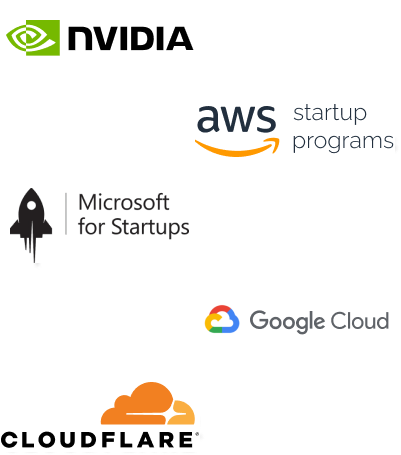- Home
- Services
- IVY
- Portfolio
- Blogs
- About Us
- Contact Us
- Sun-Tue (9:00 am-7.00 pm)
- infoaploxn@gmail.com
- +91 656 786 53
When Dart introduced null safety, I thought everyone would jump on board. But I still see projects where developers misuse late, overuse !, or ignore ? altogether.
What I did instead:
I embraced null safety fully. If something could be null, I made it nullable. If I was unsure, I wrote proper type checks. I stopped defaulting to late and started thinking more carefully about initialization. My code became more reliable and fewer crashes followed.
In my early days, I used to build massive widget trees in one build() method nesting Column inside Container inside Padding inside Expanded. It worked… until it didn’t.
How I fixed it:
I learned to break UI into smaller, reusable widgets. I created StatelessWidget or HookWidget components for individual rows, cards, and buttons. This made my code cleaner and helped avoid unnecessary rebuilds. Performance improved immediately.
This is one I see too often updating the entire widget when only a small part of the UI changes. I did it myself, and the performance hit was real.
What I do now:
I now rely more on state management tools like Riverpod, BLoC, or ValueNotifier where it makes sense. For local UI state, I isolate setState to the smallest widget possible. No more global setState() calls causing my whole screen to redraw.
I once tried to show a dialog using context inside initState() and Flutter yelled at me. Turns out, I was misusing BuildContext.
What I learned:
I now understand when a context is “mounted” and safe to use. If I need to interact with the widget tree in initState(), I delay it using WidgetsBinding.instance.addPostFrameCallback.
At first, I just guessed sizes. I would hardcode width: 350 or padding: EdgeInsets.all(20) without considering screen sizes.
What I do now:
I use MediaQuery, LayoutBuilder, Expanded, and Flexible smartly. For even more consistent scaling, I rely on packages like flutter_screenutil. My apps now look great on everything from an iPhone SE to a 12.9" iPad.
Back then, I would write this:
final response = await http.get(url); final data = jsonDecode(response.body);
And I’d crash every time there was a timeout, 500 error, or malformed response.
How I improved:
Now, I wrap every API call in try-catch blocks, check status codes, and build fail-safes with default values. I also use Dio’s interceptors for consistent error handling across my app.
I often wrapped everything in a Consumer, StreamBuilder, or FutureBuilder even when only one tiny part of the UI needed to update.
How I fixed it:
I learned to optimize rebuilds. I isolated widgets that needed to rebuild, and left static widgets untouched. With tools like Selector (in Provider) or ref.watch and ref.listen (in Riverpod), I reduced the noise and improved my app’s responsiveness.
I once wondered why my scroll position reset after setState. Or why animations glitched when items were reordered.
Turns out:
I wasn’t using keys. Now, whenever I build lists with dynamic content, I use Key, ValueKey, or even ObjectKey to keep Flutter aware of which items are which. My lists are now smoother and less buggy.
In my early projects, I never touched the Performance tab in DevTools. I didn’t realize how many frames I was dropping until users started complaining.
Now:
I regularly use DevTools, check for frame drops, and watch for slow frames during animations. I also test with the --profile flag and look at janky scrolls, oversized images, and excessive rebuilds. If something feels off, I fix it before users feel it.
I used to only test on my emulator or iPhone. Then, a user told me my app crashed on Android 13 because of a permission issue. That was my wake-up call.
Lesson learned:
Now I test on both iOS and Android thoroughly. I check permissions, webview behavior, keyboard overlays, notification channels, and even App Store / Play Store review behaviors. I use real devices, different OS versions, and emulators to catch edge cases.
This isn’t a performance issue—but it’s just as important. Early on, I never added semantic labels or tested for screen readers. But apps aren’t just for sighted users.
Now I use:
● Semantics() widgets
● Proper altText for images
● Contrast-checked color palettes
● Support for larger text with textScaleFactor
It’s not just good practice it’s the right thing to do.
I’ve made almost every mistake on this list. And honestly, making them was how I learned. But over time, I began to see patterns, build habits, and think more carefully about architecture, performance, and user experience.
In 2025, Flutter gives us powerful tools. But power without discipline leads to problems. So if you’re starting out or even if you’re experienced like me keep an eye out for these mistakes. Fixing just one or two of them could dramatically improve your app’s quality.
Let’s build smarter, smoother, and more scalable apps together.
Let me know if you’d like a downloadable version, Medium-style formatting, or a code-sample-heavy version for dev blogs!
Imagine reducing your operational costs by up to $100,000 annually without compromising on the technology you rely on. Through our partnerships with leading cloud and technology providers like AWS (Amazon Web Services), Google Cloud Platform (GCP), Microsoft Azure, and Nvidia Inception, we can help you secure up to $25,000 in credits over two years (subject to approval).
These credits can cover essential server fees and offer additional perks, such as:
By leveraging these credits, you can significantly optimize your operational expenses. Whether you're a startup or a growing business, the savings from these partnerships ranging from $5,000 to $100,000 annually can make a huge difference in scaling your business efficiently.
The approval process requires company registration and meeting specific requirements, but we provide full support to guide you through every step. Start saving on your cloud infrastructure today and unlock the full potential of your business.

